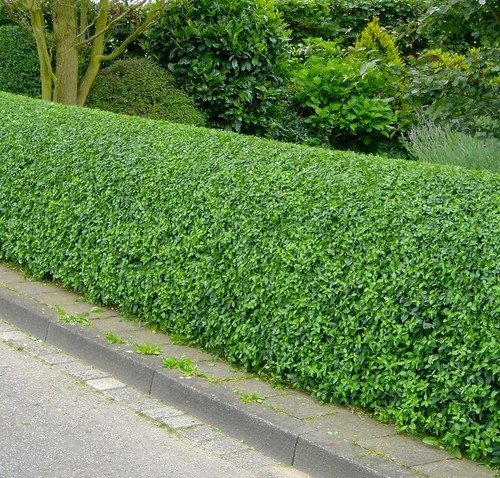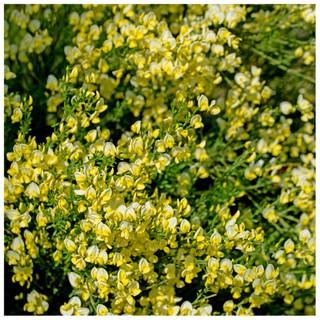20 Wild Privet Ligustrum Vulgare 2-3ft Plants 60-90cm Evergreen Hedging
Product Description
Wild Privet / Ligustrum Vulgare
20 Plants 60-90cm / 2-3ft Tall
These are BARE ROOTED plants which can be planted from the end of October until April and will be dispatched as soon as the weather turns cold and they become dormant.The dispatch date depends on the Autumn temperature and varies from year to year.
Ligustrum vulgare (Wild Privet, also sometimes known as Common Privet or European Privet), is a species of Ligustrum native to central and southern Europe, north Africa and southwestern Asia, from southern England and southwestern Sweden south to Morocco, and east to Poland and northwestern Iran.
It is a semi-evergreen or deciduous shrub, growing to 3 m (rarely up to 5 m) tall. The stems are stiff, erect, with grey-brown bark spotted with small brown lenticels. The leaves are borne in decussate opposite pairs, sub-shiny green, narrow oval to lanceolate, 2–6 cm long and 0.5–1.5 cm broad. The flowers are produced in mid summer in panicles 3-6 cm long, each flower creamy-white, with a tubular base and a four-lobed corolla ('petals') 4–6 mm diameter. The flowers produce a strong, sweet fragrance that many people find unpleasant. The fruit is a small glossy black berry 6–8 mm diameter, containing one to four seeds. The berries are poisonous to humans but readily eaten by thrushes, which disperse the seeds in their droppings.
In the British Isles it is the only native privet, common in hedgerows and woodlands in southern England and Wales, especially in chalk areas; it is less common in northern England, Scotland, and Northern Ireland, where it only occurs as an escape from cultivation.
For the bare root planting instructions, please click here.















